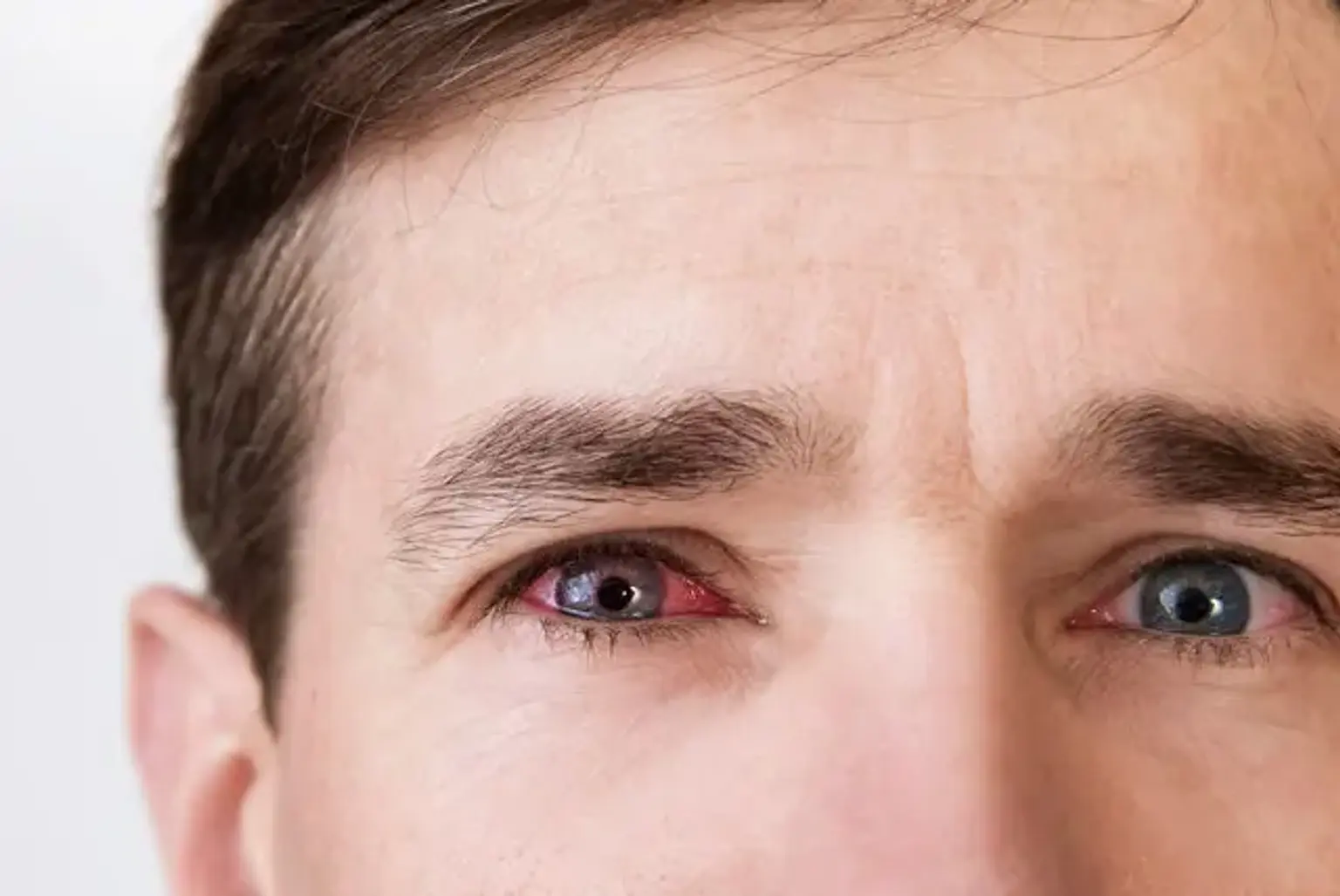Introduction to Pinkeye (Conjunctivitis)
Pinkeye, medically known as conjunctivitis, is an eye condition that causes inflammation of the thin, transparent layer covering the white part of the eye and the inner eyelid. It often leads to eye redness, irritation, and discomfort. While it may seem like a mild condition, it can be contagious and bothersome if not managed properly.
Pinkeye is common across all age groups and can occur due to viral, bacterial, or allergic triggers. It’s essential to understand the symptoms, causes, and treatment options for effective care. In Korea, where eye health is a major focus, there are well-established clinics and professionals offering advanced treatments to help those suffering from conjunctivitis.
Understanding the Different Types of Pinkeye
Viral Pinkeye: This type is caused by viruses like the common cold or flu. It's highly contagious, usually accompanied by watery discharge, and may clear up on its own within 1-2 weeks. Rest and warm compresses are often enough to manage symptoms.
Bacterial Pinkeye: Caused by bacteria such as Staphylococcus or Streptococcus, bacterial pinkeye often results in yellow or greenish eye discharge. Antibiotic eye drops or ointments are typically needed to treat it, and recovery usually happens in 7-10 days with proper care.
Allergic Pinkeye: Triggered by allergens like pollen, dust, or pet dander, this type is common during allergy season. Symptoms include itchy eyes, swelling, and watery discharge. Antihistamines and eye drops are effective in treating allergic conjunctivitis.
Pinkeye in Children: Children are particularly susceptible to pinkeye due to their tendency to touch their eyes without washing hands. It can spread quickly in daycare or school environments. Early diagnosis and treatment are essential to prevent complications and further spread.
Symptoms of Pinkeye: How to Identify It
The main symptoms of pinkeye include:
Eye Redness: A hallmark sign, often causing the entire white part of the eye to become inflamed and bloodshot.
Itchy, Watery Eyes: Especially common with viral and allergic types.
Eye Discharge: Watery or thick discharge, depending on whether it’s viral, bacterial, or allergic.
Swollen Eyelids: Puffy eyelids can be a symptom, especially in allergic or severe cases of pinkeye.
Eye Irritation: A gritty or scratchy feeling in the eye can also be an early symptom.
